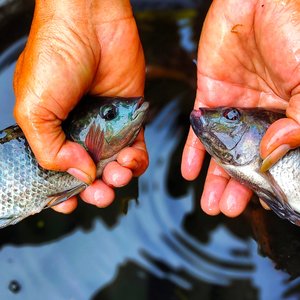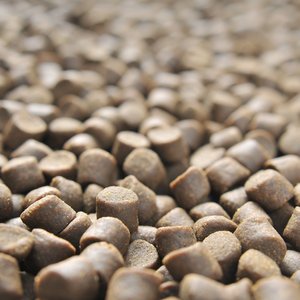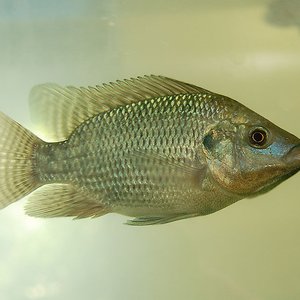After a period of severe downturns as a result of declining demand and the 2010 Deepwater Horizon oil spill in the Gulf of Mexico, fish and seafood aquaculture industry revenue will marginally improve over the next five years.
As the economy begins to recover, consumers will choose to eat out more and make healthier food choices (under which seafood falls in comparison to other meats), driving industry demand. Still, the industry will continue to be threatened by imports and competition from wild fisheries and cheaper and more popular sources of lean protein, such as chicken. For these reasons, industry research firm IBISWorld has added a report on the Fish and Seafood Aquaculture industry to its growing industry report collection.
Despite the publicity surrounding the 2010 Deepwater Horizon oil gusher in the Gulf of Mexico, the spill failed to adversely impact the Fish and Seafood Aquaculture industry. While the Fishing industry, which depends on wild catches to drive revenue, experienced negative effects, aquaculture firms maintained business as usual given the inland nature of their captive-freshwater operations. In fact, the oil leak actually benefited the aquaculture industry, as demand shifted toward fish farms in light of a low wild seafood supply, says IBISWorld industry analyst Josh McBee.
“Additionally, wild fisheries are turning to farms for animals raised in controlled environments to replenish natural habitats destroyed in the spill. For example, marine biologists working with oyster hatcheries are seeking to supplement natural populations with farmed specimens.” These positive trends, in addition to gradual economic recovery, are expected to boost revenue to an estimated $1.2 billion.
Still, overall demand for fish and seafood has been hampered over the past five years, with Fish and Seafood Aquaculture industry revenue expected to fall at an annualized rate of 1.4% during the period. A recession-related double-digit dip in 2009 offset growth in exports. According to McBee, “Canadian demand for US aquaculture products fell to its lowest point in a decade during 2011, offset somewhat by stronger demand from Hong Kong in light of Japan's nuclear power plant crisis.” Domestically, high seafood prices and falling per capita disposable income have limited the ability of consumers to purchase farm-raised fish and seafood.
Because of increasing seafood demand and low yields from wild fishery resources, aquaculture products in the US market have significant growth potential over the coming five years. The industry is projected to experience price growth as a result of excess demand for seafood; however, the industry's ability to take advantage of this potential is currently limited because of federal regulations regarding aquaculture in coastal waters. Still, growth potential remains on the back of rising demand from emerging economies, especially in Asia and Latin America. Many small operators characterize the industry, such as American Seafoods Group LLC and Flowers Fish Farm, lending it a fragmented nature. In the future, ownership concentration will need to increase if the industry is to successfully compete in the global marketplace with low-cost aquaculture producers from abroad (such as China and Chile). If passed, the National Sustainable Offshore Aquaculture Act of 2011 would decrease concentration through the widening of available waters for fish farming. The act would allow the federal government to issue aquaculture licenses for offshore aquaculture operations in federal waters three to 200 nautical miles from America's coastline.
IBISWorld industry Report Key Topics
Establishments in this industry primarily farm aquatic animals or plants in controlled or selected aquatic environments. In addition to regular stocking and feeding, industry firms use some form of intervention in the rearing process to enhance production, such as holding in captivity and protecting from predators, pests and disease.
Industry Performance
Executive Summary
Key External Drivers
Current Performance
Industry Outlook
Industry Life Cycle
Products & Markets
Supply Chain
Products & Services
Major Markets
Globalization & Trade
Business Locations
Competitive Landscape
Market Share Concentration
Key Success Factors
Cost Structure Benchmarks
Barriers to Entry
Major Companies
Operating Conditions
Capital Intensity
Key Statistics
Industry Data
Annual Change
Key Ratios
For more information and to purchase, visit IBISWorld’s Fish and Seafood Aquaculture in the US industry report page.







